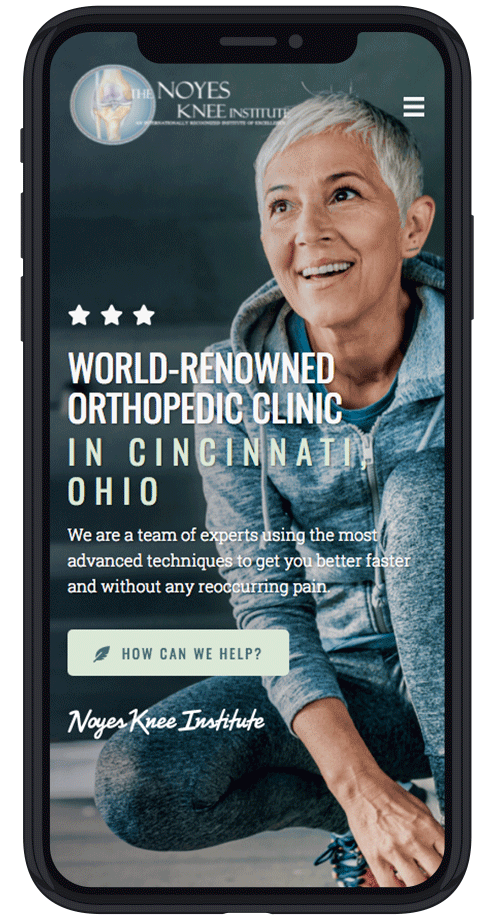Published On
Category
Police work is a physically demanding job that places great strain on the body. Officers carry extra weight with their gear belts and vests, and they often are in physically compromising situations that can injure or cause pain in the joints. Police officers can experience back and hip pain more commonly, but they can also get knee problems and injuries on the job.
If you are a police officer, take steps to protect your knees so you can enjoy your time on and off the job.
Staying Active
Law enforcement is one of the few jobs that can require long periods of inactivity followed by a burst of intense physical endurance. For example, an officer might spend a day in the car running license plates or providing security at an event but then might need to run after a criminal or wrestle an assailant.
These periods of burst activity after so long sitting or standing can increase the risk of knee injury. Officers might overextend their knee in a case or stop suddenly when tackling a suspect, which places strain on the ligaments of the knee.
Sometimes, these types of injuries cannot be avoided, but officers can prepare their bodies for the stress of sudden physical involvement by staying active in their daily lives. Consider cycling, jogging, and walking to keep fit.
You can also improve your leg stability by doing lunges, squats, and deadlifts with proper form. Lift weights with careful form to help your body adjust to the stress of wearing extra weight on the job.
Incorporate stretching into your daily routine. Walking with a gun belt and sitting in your car can tighten your hips and leg muscles, which can strain the knees as a secondary side effect. Staying flexible will help prevent knee pain from forming. Focus on stretches that will loosen up your hips, back, upper and lower legs, and feet. These will benefit the knees.
Practicing Combat
You probably had come combat training as part of your academy experience, but have you practiced since you graduated?
Take some refresher courses with the police department, with a local martial arts school, or with another combat gym. These refresher courses help you to fight in ways that won’t cause injury from poor or relaxed form.
Varying Movement
Even though police work is a physical job, you might spend an entire shift seated, and your body won’t be aligned as you sit because of your gear belt and vest. Treat riding in the car the same way someone else might treat a day at the office: vary your motions to help protect your joints from pain.
If you don’t get up and walk around from time to time during your shift, your knees can feel the strain. You might notice an ache that extends from your hips to the outside of your knee, or even a pain that goes from the inside of your knee down into your lower leg. A consistently bent position strains the tendons and ligaments, and they can get stiff from underuse.
Plan your shift to have a varied route. You might walk up and down a street to run car license plates in your downtime, instead of rolling by in your car.
You can also do everything you can to make your sitting position in your car or at your desk doing paperwork as ergonomic as possible. Try to arrange your gear on your belt so that it does not press into the small of your back. Try to adjust the seat to provide good support to your back, and sit all the way back into the seat to protect your knees.
Some jobs are harder on your joints than others. Contact us at The Noyes Knee Institute for more tips on daily knee care.

